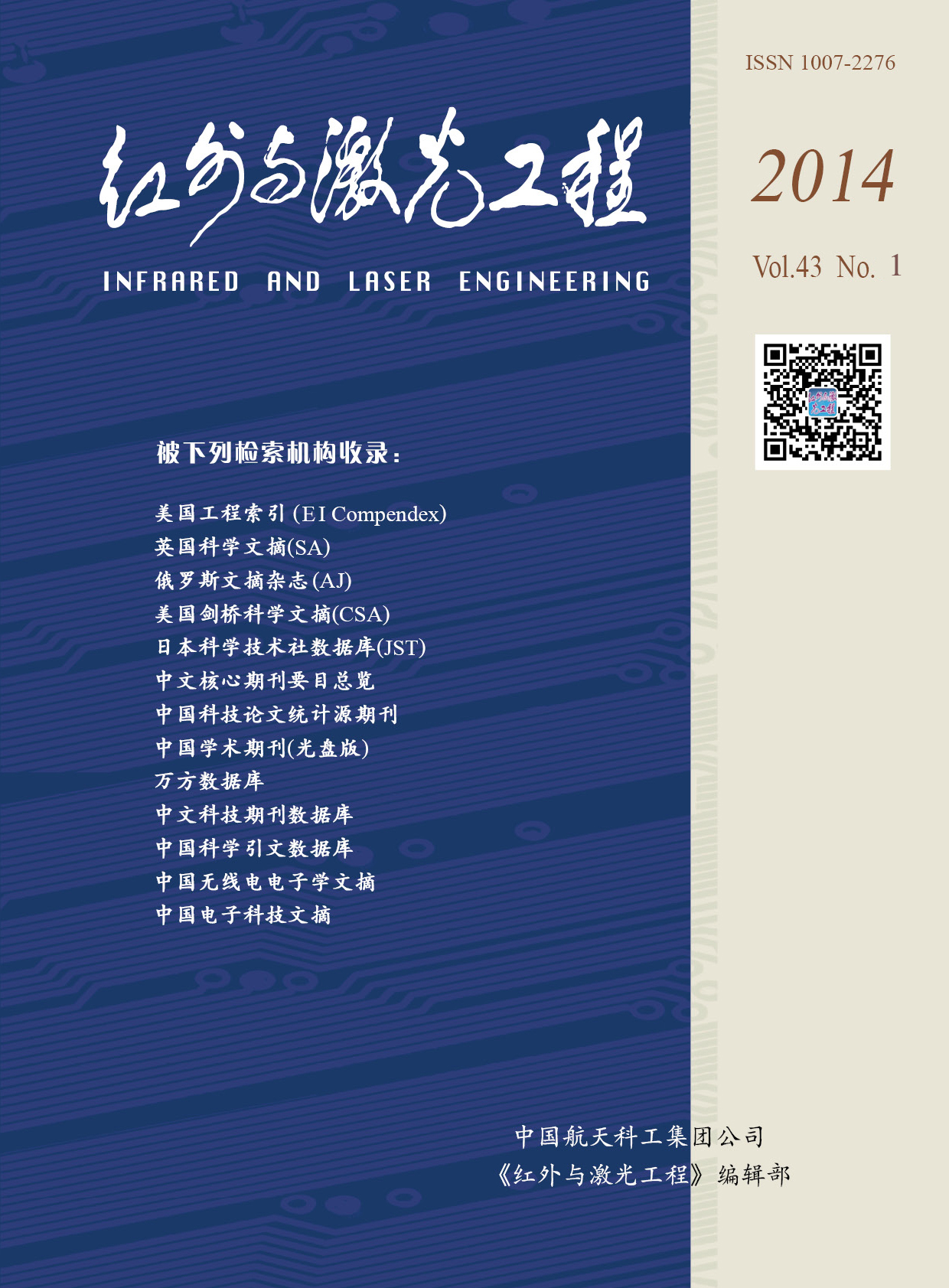|
[1]
|
Paterson J. Overview of low observable technology and its effects on combat aircraft survivability[J]. Journal of Aircraft, 1999, 36(2): 380-388. |
|
[2]
|
|
|
[3]
|
Rao G A, Mahulikar S P. New criterion for aircraft susceptibility to infrared homing missiles [J]. Aerospace Science and Technology, 2005, 9(8): 701-712. |
|
[4]
|
|
|
[5]
|
|
|
[6]
|
Mahulikar S P, Sane S K, Gaitode U N, et al. Numerical studies of infrared signature levels of complete aircraft [J]. Aeronaut J, 2001, 105: 185-192. |
|
[7]
|
Rao G A, Mahulikar S P. Aircraft powerplant and plume infrared signature modeling and analysis [R]. AIAA Paper 2005-221, 2005. |
|
[8]
|
|
|
[9]
|
|
|
[10]
|
Mahulikar S P, Rao G A, Kolhe P S. Infrared signatures of low flying aircraft and their rear fuselage skin's emissivity optimization[J]. Journal of Aircraft, 2006, 43(1): 226-232. |
|
[11]
|
Mahulikar S P, Sonawane H R, Rao G A. Infrared signature of aerospace vehicles [J]. Progress in Aerospace Sciences, 2007, 43(7-8): 218-245. |
|
[12]
|
|
|
[13]
|
Shan Yong, Zhang Jingzhou, Guo Rongwei. Numerical computation and analysis of the infrared radiation characteristic of missile scarfskin[J]. Journal of Aerospace Power, 2008, 23 (2): 251-255. (in Chinese) |
|
[14]
|
|
|
[15]
|
Lv Jianwei, Wang Qiang. Aircraft-skin infrared radiation characteristics modeling and analysis [J]. Chinese Journal of Aeronautics, 2009, 22: 493-497. |
|
[16]
|
|
|
[17]
|
|
|
[18]
|
Lv Jianwei, Wang Qiang. Effice of temperature and emissivity of aircraft skin on infrared radiation characteristics [J]. Opto- Electronic Engineering, 2009, 36(2): 50-55. (in Chinese) |
|
[19]
|
Xia Xinlin, Ai Qing, Ren Depeng. Analysis on the transient temperature-fields for infrared radiation of aircraft skin [J]. Journal of Infrared Millim and Waves, 2007, 26(3): 174- 178. (in Chinese) |
|
[20]
|
|
|
[21]
|
|
|
[22]
|
Ma Mingming, Liu Zhenxia. Fluid flow and heat transfer calculation on an engine nacelle [J]. Machinery Design and Manufacture, 2008, 6(6): 35-38.(in Chinese) |
|
[23]
|
|
|
[24]
|
Zhang Yuanhui, Wang Qiang. Coupled numerical simulation of flow field and heated structure for the cabin of aircraft [J]. Aircraft Design, 2009, 29(1): 30-37. (in Chinese) |
|
[25]
|
Ren Depeng, Xia Xinlin, Ai Qing. Analysis of coupled heat transfer in air cooling channel of aeroengine and thernal isolation layer [J]. Acta Aeronautica et Astronautica Sinica, 2005, 26(4): 426-430.(in Chinese) |
|
[26]
|
|
|
[27]
|
|
|
[28]
|
Shan Yong, Zhang Jingzhou. Numerical investigation of flow mixture enhancement and infrared radiation shield by lobed forced mixer[J]. Applied Thermal Engineering, 2009, 29(17- 18): 3687-3695 |
|
[29]
|
|
|
[30]
|
Lv Jianwei, Wang Qiang. Numerical calculation and analysis of infrared radiation characteristics from aircraft skin by using RMC method [J]. Infrared and Laser Engineering, 2009, 38 (2): 232-238.(in Chinese) |
|
[31]
|
Mahulikar S P, Rao G A, Sane S K, etal. Aircraft plume infrared signature in nonafterburning mode [J]. Journal of Thermophysics and Heat Transfer, 2005, 19(3): 413-415. |









 DownLoad:
DownLoad: